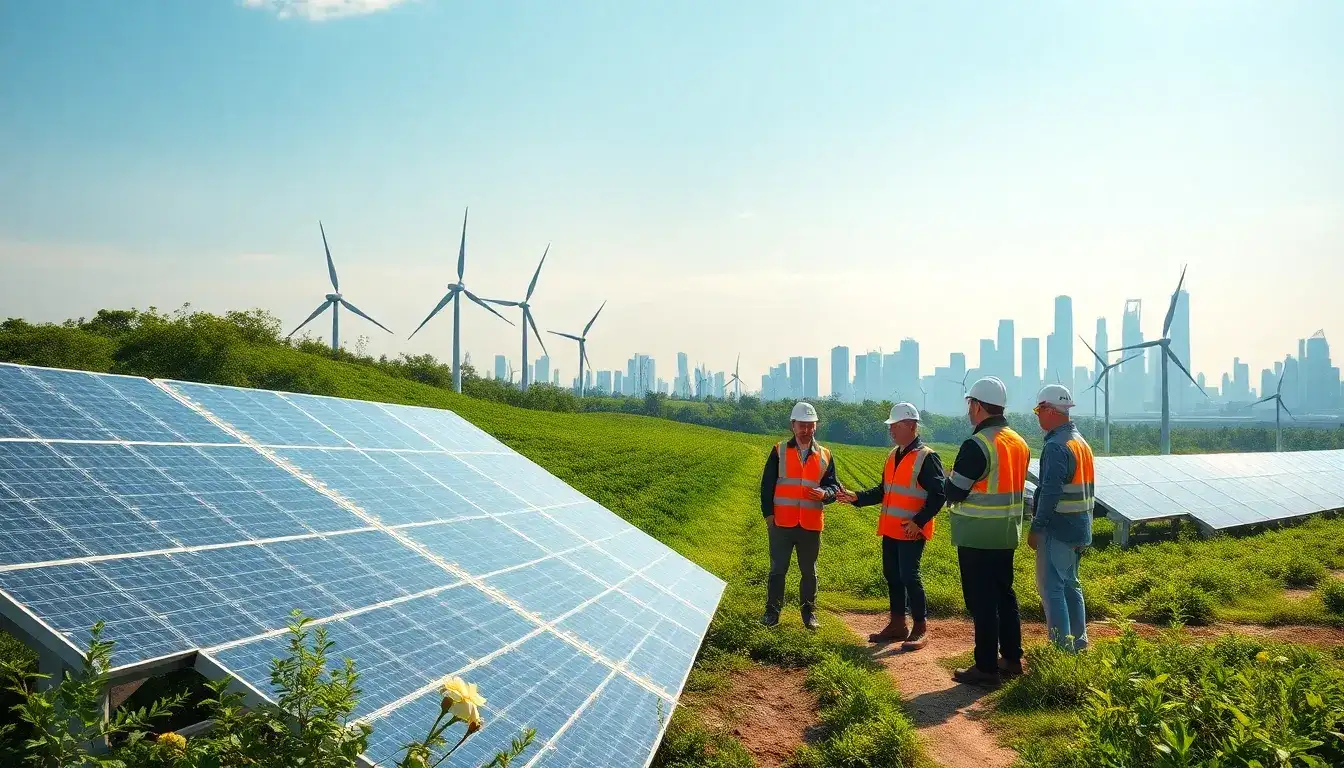
China’s “anti-pollution and clean energy” model has led to the largest new energy project being connected to the grid. On April 10, 2025, the Northwest Electric Power Design Institute of China Energy Construction announced the successful connection of a 500 MW clean energy project. This marks the first large-scale new energy power generation project under the “anti-pollution and clean energy” model, highlighting China’s commitment to advancing new energy development and enhancing energy structure optimization.
The project is located in the Xinjiang Uygur Autonomous Region, covering an area of approximately 1.4 million acres, with a total investment of 12.7 billion yuan. It features an integrated construction model, which includes the establishment of a 500 MW clean energy power station, 35 substations, energy storage systems of 50 MW and 100 MW capacities, and 220 kV transmission lines, along with the necessary national grid connections.
Simultaneously, the project also focuses on energy supply management and pollution control, realizing a blend of energy development with environmental protection. The 500 MW clean energy project is projected to generate significant economic, social, and environmental benefits. According to estimates, the project will provide approximately 7.6 billion kilowatt-hours of green electricity annually, equivalent to reducing carbon dioxide emissions by around 590,000 tons.
This initiative aligns with global efforts to promote green energy and reduce carbon emissions, further strengthening local economic development. The project is expected to enhance energy efficiency and foster sustainable development in the region.
In summary, this project stands as a significant achievement in China’s new energy sector, reflecting the country’s ongoing commitment to environmental sustainability and energy transition.







